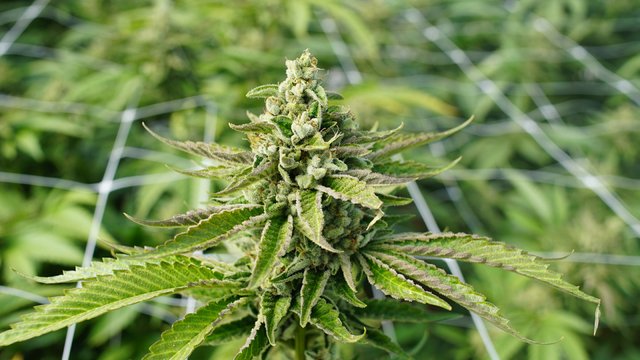A striking proportion of teens are using highly potent forms of marijuana known as marijuana concentrates, at least in one state, a new study suggests.
The study, published today (Aug. 26) in the journal Pediatrics, analyzed data from nearly 50,000 eighth, 10th and 12th graders in Arizona. The researchers found that one-third of participants said they had used marijuana, and nearly a quarter said they had used marijuana concentrates at least once in their lives.
Marijuana concentrates are substances with very high levels of THC (tetrahydrocannabinol), the active ingredient in marijuana responsible for the drug’s intoxicating effects. Sometimes known as “butane hash oil,” “dab,” “wax,” “crumble” or “shatter,” these concentrates typically contain three times more THC than does the dried marijuana flower.
It’s important to note that the new study only included teens in Arizona, and the percentage of teens who use marijuana concentrates in other states is unknown. More studies will be needed to understand if the trend is confined to Arizona, or whether it’s happening in other states as well.
The usage rates could be similar in other states that have legalized medical cannabis, as Arizona has, Meier said. However, some states have legalized medical cannabis but not marijuana concentrates, so their use might be lower in those ones, she added. It’s also unclear whether states that allow recreational marijuana in addition to medical marijuana have higher rates of teen marijuana-concentrate use.
A yearly national survey known as Monitoring the Future, which looks at drug use among teens across the U.S., has also examined rates of marijuana-concentrate use to some extent. However, that survey classifies “concentrated THC” as a hallucinogen, and so only teens who report the use of hallucinogens are asked about the use of concentrated THC. As a result, this type of questioning tends to underestimate use, Meier said. In 2018, the Monitoring the Future survey found that just 1.1% of 12th graders reported the use of concentrated THC.
The new study also found that teens who used marijuana concentrates had much higher rates of electronic cigarette use. Indeed, teens who used marijuana concentrates were three times more likely to report using e-cigarettes, compared to those who used other forms of marijuana. (Teens are probably using e-cigarettes to vape marijuana.)
Read the full article at Live Science




















